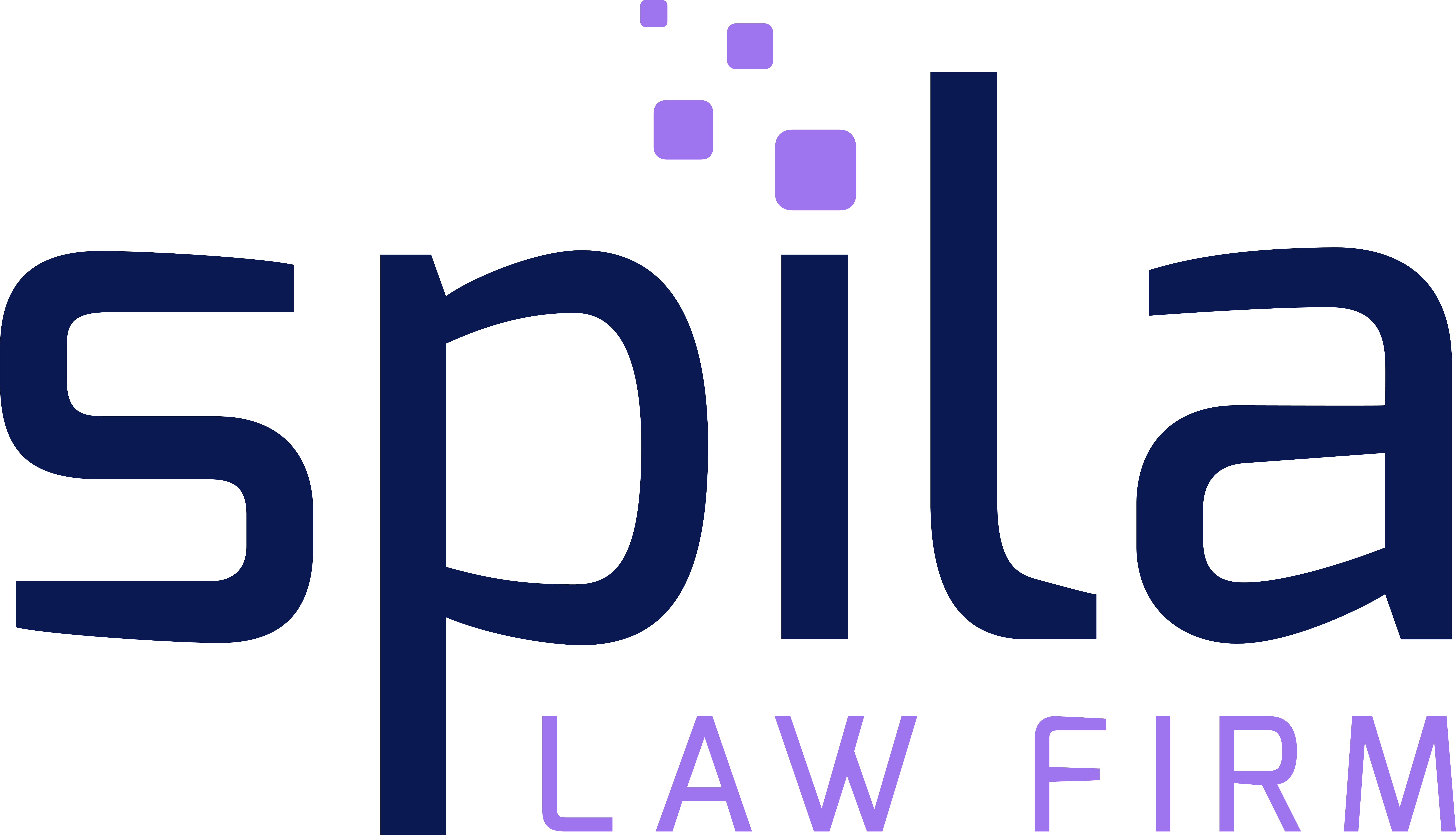Exploring the Key Steps in Trademark Registration Process
Trademark registration is a crucial process for businesses looking to protect their brand identity and ensure exclusive rights to use their distinctive marks. Registering a trademark provides legal protection, prevents others from using similar marks, and establishes a strong foundation for brand safety and growth. In this article, we will explore the key steps involved in the trademark registration process, highlighting the importance of consulting an intellectual property (IP) lawyer and the benefits it brings to safeguarding your brand professionally.
Step 1: Conduct a Comprehensive Trademark Search Before initiating the trademark registration process, it is essential to conduct a thorough trademark search. This search helps identify any existing trademarks that may conflict with your proposed mark. By examining registered trademarks, pending applications, and common law marks, you can assess the availability and uniqueness of your desired mark. A comprehensive search reduces the risk of legal issues and strengthens the foundation for successful registration.
Step 2: Draft and File the Trademark Application Once you have determined the availability of your desired trademark, the next step is to draft and file the trademark application. This is a critical stage that requires attention to detail and adherence to legal requirements. Working with an IP lawyer ensures that your application meets all the necessary criteria, including providing accurate descriptions of goods or services, selecting the appropriate trademark class(es), and submitting the required documents and fees.
Step 3: Examination and Review by Trademark Office After filing the application, it undergoes examination and review by the trademark office. The examination process involves a thorough review of the application to assess its compliance with legal requirements and determine if there are any conflicting marks. The trademark office may issue office actions or objections, requiring responses or modifications to address any concerns. An IP lawyer can guide you through this process, respond to office actions professionally, and increase the chances of a successful registration.
Step 4: Publication and Opposition Period If your trademark application successfully passes the examination stage, it is published in the official gazette or trademark journal. This publication allows third parties to review the application and file oppositions if they believe your mark conflicts with their own rights. An IP lawyer can monitor the publication and opposition period, identify any potential oppositions, and strategize appropriate responses or negotiations to protect your brand’s interests.
Step 5: Registration and Maintenance If no oppositions are filed or if oppositions are successfully resolved, your trademark proceeds to registration. The trademark office issues a registration certificate, confirming your exclusive rights to use the mark. It is important to note that trademark registration is not the end of the process; it requires ongoing maintenance to keep your registration valid. Regularly monitoring and enforcing your trademark rights against potential infringements is crucial, and an IP lawyer can provide guidance on trademark maintenance and enforcement strategies.
Step 6: Protecting Your Brand Professionally Throughout the trademark registration process, the involvement of an IP lawyer is invaluable. An IP lawyer possesses the legal knowledge and expertise to navigate the complexities of trademark law, ensuring compliance with requirements, addressing objections, and resolving potential conflicts. Their professional guidance protects your brand’s interests, enhances the safety of your intellectual property, and minimizes the risk of legal issues.
Conclusion
Trademark registration is a multi-step process that requires careful consideration, legal expertise, and adherence to regulations. By conducting a comprehensive trademark search, drafting a strong application, navigating the examination and publication stages, and ensuring ongoing maintenance, businesses can successfully register their trademarks and safeguard their brand identity. The involvement of an IP lawyer throughout the process provides professional guidance, enhances brand safety, and ensures compliance with intellectual property laws.







